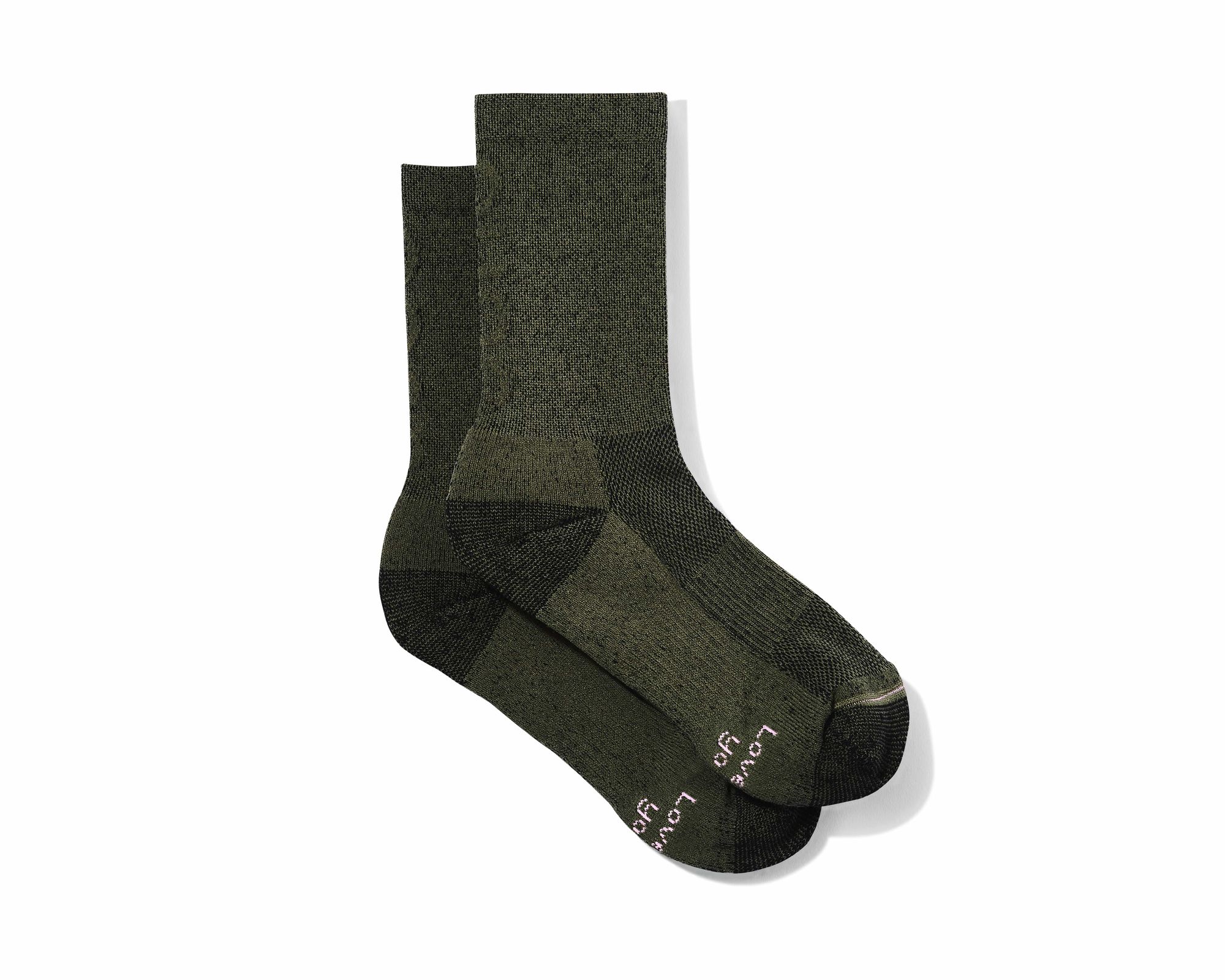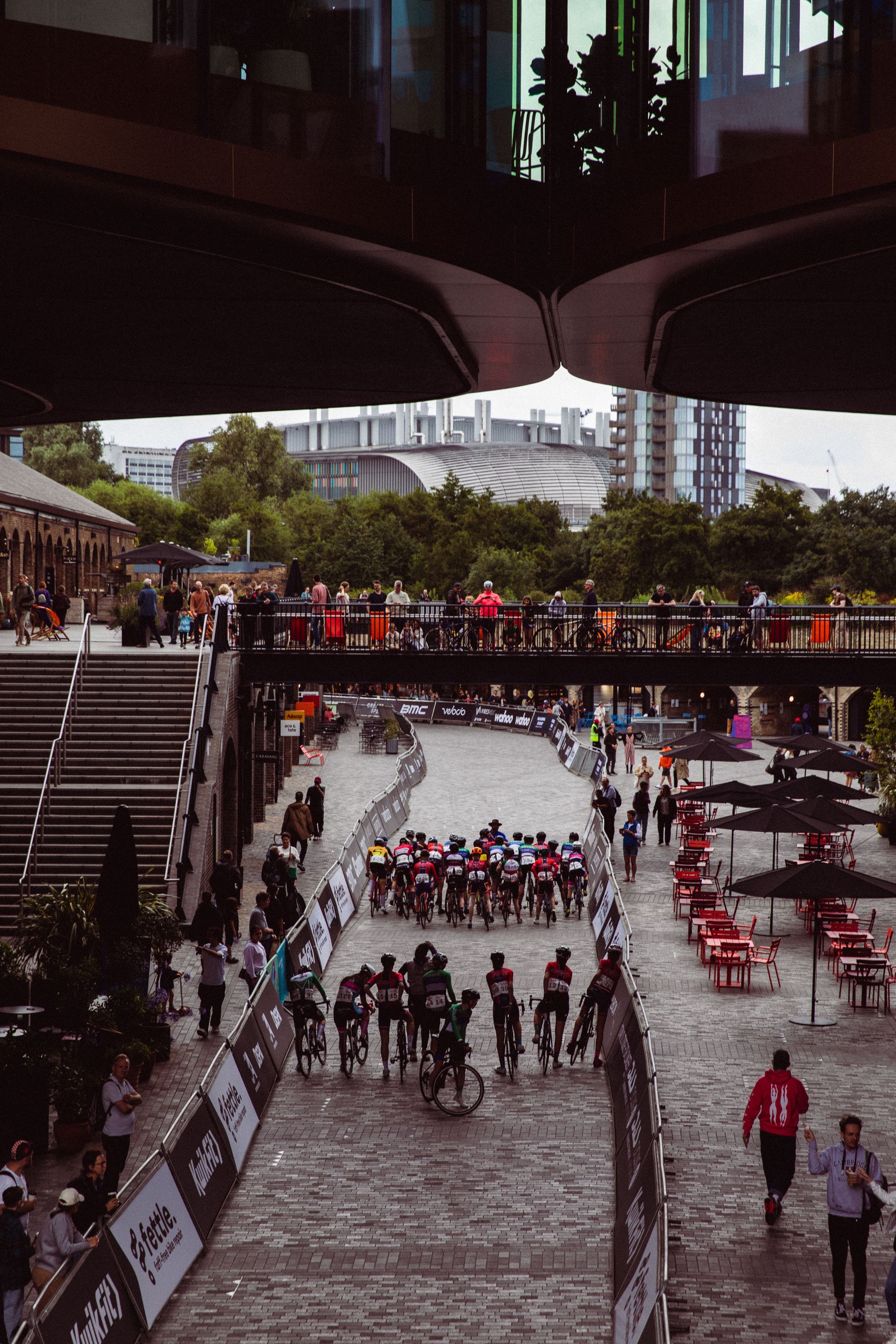Will face masks protect me from a coronavirus infection?
We’ve all come to know how Covid-19 was easily spread from person to person and from surface to surface through germs. Wearing face-masks helped protect the people around us - they held back the spread of our breath which may have been carrying droplets big enough for the virus to hitch a ride in.
It’s been shown that airborne spread of viruses mainly occurs in indoor spaces packed with people - where airborne viruses have a high enough density to cause infections. Spending time outdoors is much safer, where the air is able to circulate and dilute viral loads.
But should you wear one whilst cycling? Well this largely depends on personal preference and what sort of cycling you're doing.
Do you need a mask for leisure rides?
Wearing a mask while riding for leisure is highly uncomfortable and ruins the freedom of riding in your spare time. Not to mention the difficulties it would cause when going up a tough hill.
Wearing a covering over your mouth is very unnatural. It restricts your breathing which ultimately leads to a decrease in performance. Plus would it go over or under your helmet straps? Probably should leave that one for another day.
Face masks for commuting cyclists - What to consider
If you’re commuting, you may want to weigh up the risk of not wearing a mask. Often when stopped at a set of traffic lights or merging with a cycle lane, you become aware of the amount of people riding with you.
For those commuting daily, it's worth checking out some cycle to work tips to make your journey smoother and safer, whether you're wearing a mask or not.
The science of droplets - Why distance matters
There is a controversial Belgian study that uncovered how the droplets you exhale can follow behind in your slipstream for 20 metres at a speed of 30kph. Keeping 20 metres back from another commuter at rush hour is a near-impossible task!
A good option for the colder months is perhaps a buff to wear on your winter rides. A good quality neck tube will double up as a face mask for when you're stopped at lights or manoeuvring a busy street. Although it’s worth noting an effective face mask needs two layers to work properly.
Using face masks to protect against pollution
Some cyclists have been donning their face-masks for years - for a purely non-covid related reason.
Levels of pollution in London regularly exceed the agreed EU limit and it’s estimated by a King’s College study that 9,500 people die every year due to health complications related to exposure to air pollution.
It’s for these reasons that it’s not uncommon to see lots of cyclists wearing ‘respirator’ style masks as they navigate the city. These masks are said to remove up to 99 per cent of airborne particles from inhaled air.
But the particles that cause air pollution today are extremely small, which makes it particularly challenging for respirators to effectively block them from entering the human body.
Chuck it in your pocket
Whether you choose to ride in a face-mask or not, it’s undeniable that a mask has become a must-have ride essential to protect against pollution or packed urban environments.
Whether it’s for popping into a shop, heading to a bike shop or a mid-ride coffee break, having a mask with you could be the difference between getting sick or not!
In addition to a mask, the right cycling clothing can make your rides more comfortable, especially in changing weather conditions.
Top mask upgrades
On the hunt for a top face covering. These three are top of the pile.
Respro Ultralight Anti Pollution Face Mask
The go-to mask for anti pollution. The Respro Ultralight Anti Pollution Face Mask is designed to fit close for maximum protection and the hepa-filter is made to block the tiniest of pollutants and dust particles.
Rapha Winter Collar
It's remarkable how useful a neck warmer like the Rapha Winter Collar can be, especially as we enter the colder months of the year. They're such versatile pieces of kit that I've even seen used as a bandage! And of course they can be used as a make-shift face-mask. This one from Rapha is made from merino wool to keep you warm when you need it.
Join the Laka ride...
For the ultimate peace of mind think about insuring your bicycle from damage and theft. At Laka, we offer flexible policies to the month leaving you free to cancel at any time.






